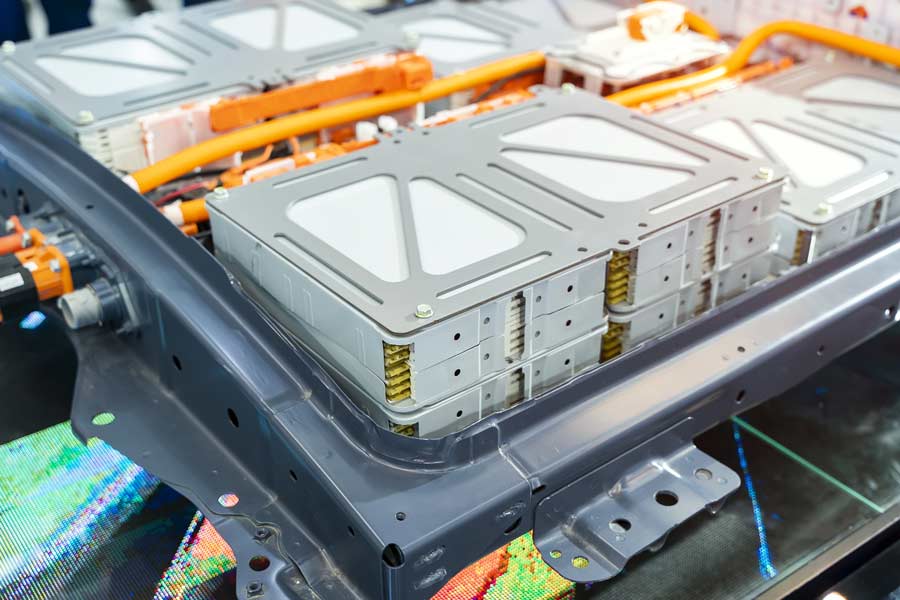Hydrogen A to Z Series: B For Batteries
By: GenH2 Staff
Read Time: 3 minutes
Defining the Hydrogen Economy from A to Z: B is for Batteries
Continuing in our, Defining the Hydrogen Economy from A to Z series, we are revisiting the letter B and discussing batteries. How are batteries important to the current and coming Hydrogen economy as we transition to a cleaner energy future?
An electric-vehicle battery (EVB, also known as a traction battery) is a battery used to power the electric motors of a battery electric vehicle (BEV) or hybrid electric vehicle (HEV). The most common type of battery used in electric cars is the lithium-ion battery, the same type of battery used in most portable electronics, including cell phones and computers. Lithium-ion batteries have a high power-to-weight ratio, high energy efficiency and good high-temperature performance. These batteries can store a significant amount of energy for their weight ratio, which is essential for electric cars to remain lightweight which increases or extends the travel range on a single charge.
All-electric vehicles (AEVs) have an electric traction motor in place of the internal combustion engine used in gasoline-powered cars, combined with a battery pack that can be plugged in to recharge, while plug-in hybrid electric vehicles (PHEVs) have a battery that also has a combustion engine. PHEVs run on a combination of batteries and an internal combustion engine, giving PHEVs a longer range. The PHEV battery can be recharged by being plugged in, through regenerative braking, or by using the internal combustion engine.
Like all EVs, fuel cell electric vehicles (FCEVs) also use electricity to power an electric motor, however they are powered differently. FCEVs produce electricity using a fuel cell fed by hydrogen. Note that the fuel cell is really an electric cell because there is no fuel being burned. Many times, in general conversation about hydrogen cars, people are surprised to learn that hydrogen cars are also electric cars. Although both hydrogen cars and EVs use electric motors to make them go, FCEVs importantly carry their energy source (hydrogen) onboard. This allows for the flexibility of not having to stop and charge the battery, allowing for longer or extended range capabilities, especially in heavy duty transportation.
Some discussions in the automotive sector suggest batteries and hydrogen as competing technologies, however it should be noted that certain current trends indicate they are and can be very complementary to each other. In FCEVs, the amount of energy stored onboard is determined by the size of the hydrogen fuel tank, while EVs energy capabilities are determined by the size of the battery onboard. Hydrogen is light and the hydrogen tanks in FCEVs can be large while the vehicle itself remains lightweight for its size. Therefore, there is a big advantage in using the combination of batteries and hydrogen fuel cells to extend both the use of batteries and hydrogen fuel cells to advance and meet the weight and range demands of a cleaner transportation economy. Some specific examples of the battery and fuel cell combination are racing or supercars and cruise ships.
The demand is expected to grow in heavy duty applications such as vans, trucks, trains, ships and aircrafts for traveling long distances and in the need to recharge quickly. BEVs and FCEVs can happily coexist as each have their place in transport and are great alternatives for decarbonized energy. Together both are helping to build a greener and more sustainable infrastructure to power industry and society in the future.
 Copyright All Rights Reserved GenH2
Copyright All Rights Reserved GenH2
 Copyright All Rights Reserved GenH2
Copyright All Rights Reserved GenH2 Copyright All Rights Reserved GenH2
Copyright All Rights Reserved GenH2